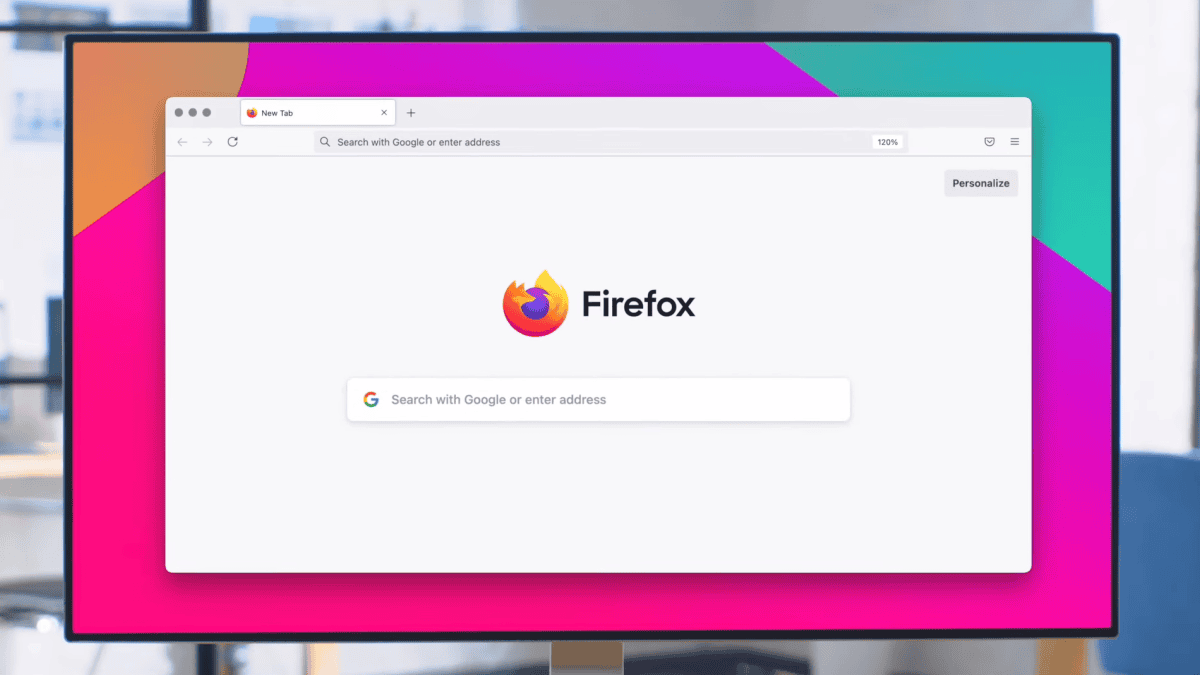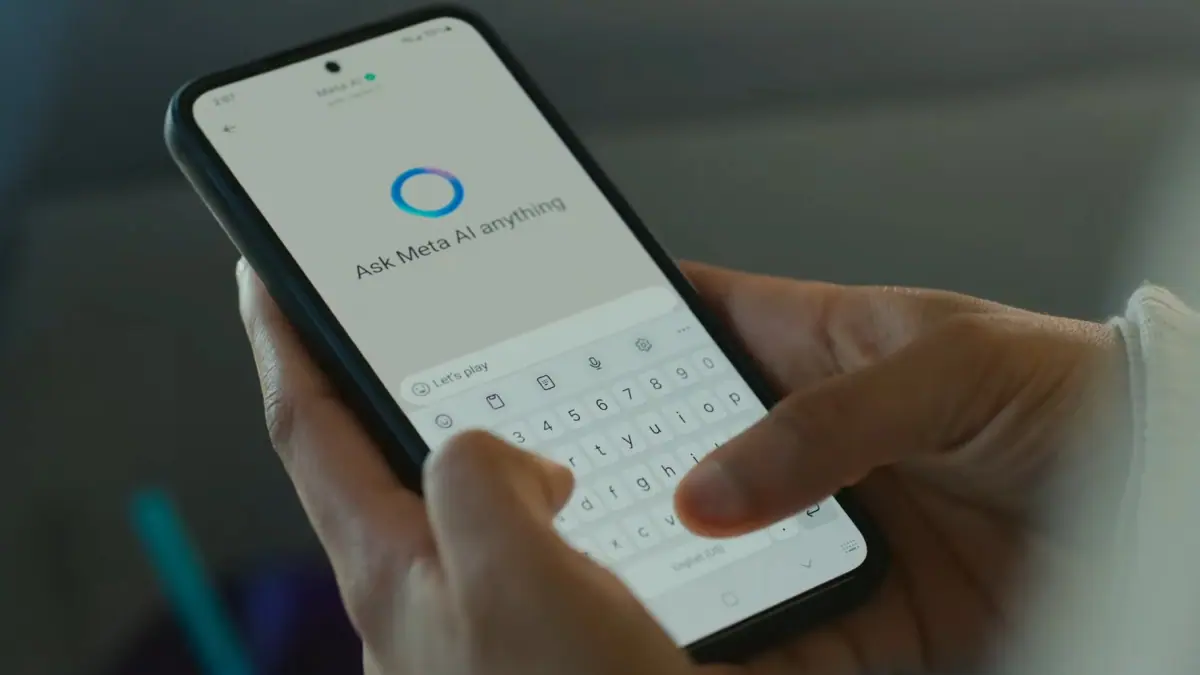Windows 10 turns 3: Here’s how it grew over the last 3 years
6 min. read
Published on
Read our disclosure page to find out how can you help MSPoweruser sustain the editorial team Read more

Microsoft announced the public release of Windows 10 on 29th July 2015. However, the journey of developing Windows 10 started back in 2014. This is when Microsoft announced a new program called “Windows Insider Program”. The program was revealed by Joe Belfiore in an event in San Franciso and was later headed by Gabe Aul and now by Dona Sarkar. With the Windows 10 Insider Program, Microsoft planned to target the 1% who loved to test new things. The program was opened to all the Windows users and Microsoft allowed users to register for the program.
The Story Till now
On 1st October 2014, Microsoft rolled out the first ever build to the Windows Insiders. Back then, it was called Windows 10 Technical Preview and first build released was 9841. The first build included plenty of changes from Windows 8.1 but the return of Start Menu stole the show. However, Microsoft was still behind and had to make a lot of changes before the release next year. The company pushed builds faster to Windows Insiders which meant the old builds rarely expired for any of the Insiders. Microsoft started to slow down the release of builds later which made them talk about what might happen if someone doesn’t updates to the latest build and the old one expires.
Finally, after almost 10 months of testing, Microsoft announced that Windows 10 is officially available for download and is free. The company offered a free upgrade to Windows 10 for everyone who was either on Windows 7 or Windows 8/8.1. Moreover, since Windows 10 was free, Microsoft started rolling it out to the users before the release so they can upgrade on 29th and the company can ease up the overall load. For the same reason, Microsoft also rolled out an upgrade assistant app to reserve Windows 10 so Microsoft can deliver the Operating System as soon as it goes live. As expected the launch of Windows 10 was a success and Microsoft reported that more than 14 million people were running on Windows 10 just 3 days after the launch.
Now that Microsoft had delivered Windows 10 successfully, the task was to improve it and go through feedback. The company had been using Feedback Hub to collect feedback from Insiders. However, there was no way to collect feedback from the Windows 10 users so Microsoft allowed everyone to use Feedback Hub and file feedback on various features or issues with the Operating System. Moving on, Microsoft shared that the company will target two major updates to Windows 10 every year. The first update of the year will come in Spring and the second major update will come in the fall of the year. Sticking to the timeline, Microsoft released November Update (1511) in as you guessed it, November of 2015. The November update brought many changes and bug fixes to the Operating System and was also the first major update of Windows 10.
After this, Microsoft had a huge task at hand. The next major update was scheduled for Spring of 2016 which was also the 1st anniversary of Windows 10. Microsoft sent out Windows 10 updates to Windows Insiders as usual and started working on the 1st anniversary of Windows 10. Microsoft rolled out Anniversary Update (1607) to the public in August of 2016. The update carried plenty of changes and new features. With the Anniversary Update, Microsoft finally added extension support to Edge and Cortana got significant improvements. Apart from that, Microsoft introduced Windows Ink for people who loved to scribble instead of typing and lastly, Anniversary Update added Dark Theme to Windows 10. Microsoft also added Bash to Windows 10 with the Anniversary Update which started a long story of adding Linux elements into Windows 10.
Next up was the Creators update. Microsoft did really put a lot of effort into making Creators Update available to the public and it was worth the wait. Microsoft finally released a new and updated version of the Paint app called Paint 3D. With the Creators Update, Microsoft also introduced Mixed Reality to Windows 10 and added E-Books to the Windows Store. Lastly, there were updates to Windows Ink and Microsoft Edge with new features. Windows 10 Creators Update was also the first time when Microsoft made it clear that they want to target Gamers and have specific features just for Gamers. Microsoft integrated support for both Game Mode and Beam (Mixer) streaming to Windows 10. With the Creators Update, Microsoft also debuted a new Windows Defender Center and many security changes to the Operating System. Speaking of security, due to the privacy backlash against Microsoft, the company also went in and changed the Privacy controls.
Once Creators Update was out in the market, Microsoft started focusing on the second major update of 2017. Dubbed the Fall Creators Update, it brought additional features to the Paint 3D app and also added a new feature to Photos app called Story Remix. With Fall Creators Update, Microsoft finally brought back the long-lost OneDrive placeholders. Microsoft also introduced a new design system called Fluent Design.
After the Fall Creators Update, we move to the latest update for Windows 10. Released on 30th April 2018, the April 2018 Update brought fixes for the major issues as well as added new features to Windows 10. Microsoft also shared that they have reached a milestone install of Windows 10 on 600 million devices worldwide. Apart from that, Microsoft also talked about the role of AI in delivering Windows 10 to more users efficiently.
What’s Next
Microsoft has now started working on finalizing RS5 which will be next build coming in fall of 2018. Meanwhile, the company is also working 19H1 branch for 2019 thanks to Skip Ahead Ring. There are a lot of features in the pipeline and while we don’t have details on what’s planned, Microsoft has been working their way towards 1 billion Windows 10 installations worldwide. The company has come a long way from the first Windows 10 Build to releasing 5 major Windows 10 updates worldwide. With each update, Microsoft has worked to make sure the Operating System is more stable. Windows 10 continues to grow even after Microsoft has ended the free upgrade offer. With features like Cortana’s integration with Windows 10, Microsoft has got an edge and has set a benchmark which companies like Apple and Google followed later. Microsoft was successful with Windows 10 because of the feedback it received from the customers. The company made Windows 10 with the customers and businesses in mind so the most requested or the most needed features were added to Windows 10. Microsoft continues to do so with the help of users and Windows Insiders who share ideas from around the world. Microsoft also announced the Windows Insiders MVP program 2 years back as a way to thank Windows Insiders for their hard work and dedication. Windows 10 is still in the early stages and moving forward Microsoft will need feedback from the users and the Windows Insiders. It is still far from perfect and but is the best Operating System currently supported by the company. Microsoft set a goal of 3 billion devices running on Windows 10 in three years. As we move forward, it does look like the company might be able to touch that number. It is still early to make a call on the future of Windows 10. However, it’s the last Operating System released by Microsoft so we do expect regular updates from the company as Microsoft transitions to Windows as a Service.








User forum
0 messages